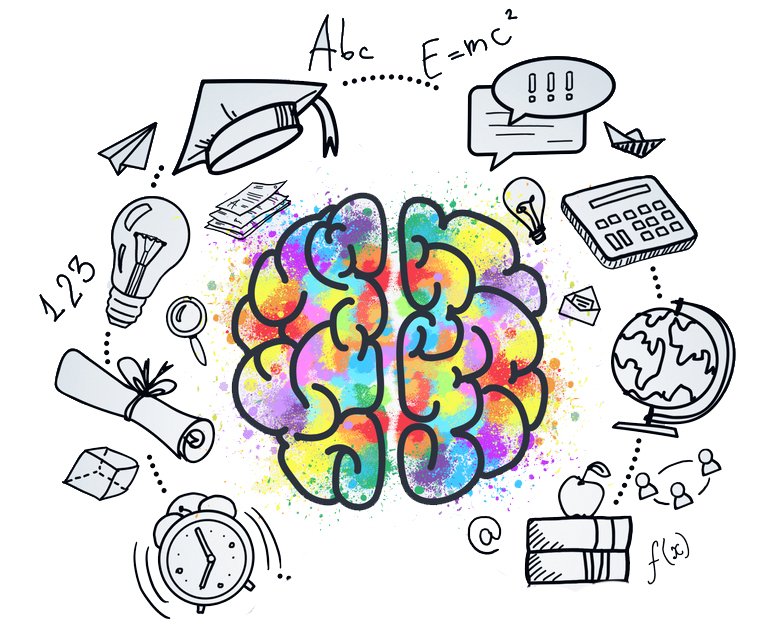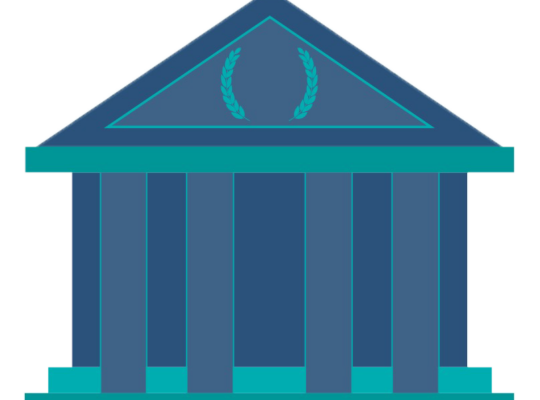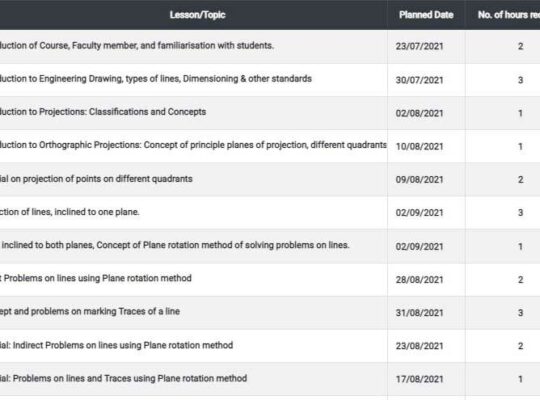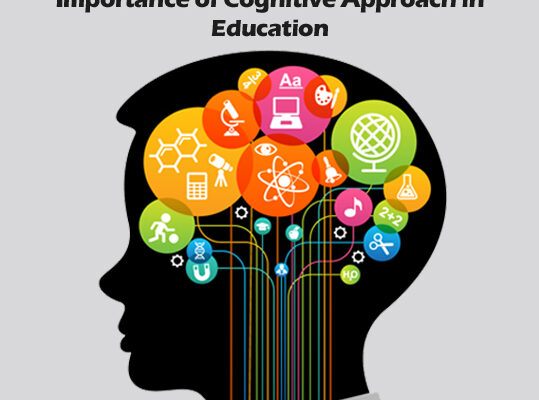Learning is described as a process that combines personal and environmental experiences and influences in order to acquire, enrich, or alter one’s knowledge, skills, values, attitudes, behaviour, and worldview. Learning theories gives an idea on how this process occurs. The scientific study of learning began in the early twentieth century. Behaviourist theories, cognitive psychology, constructivism, social constructivism, experiential learning, multiple intelligence, contextual learning theory, and community of practice are some of the important concepts and theories of learning.
Understanding the progression of learning process allows the student to operate better in their environment, develop and adapt behaviours, build and sustain healthy relationships, and achieve personal achievement.
Let’s have a look at the learning theories:
Classical Conditioning
Classical conditioning is a sort of conditioning in which a person responds to a stimulus that would not normally elicit such a reaction. In this process of learning, we correlate a certain event in our surroundings with a prediction of what will occur next. In classical conditioning, the connection of such an event with another desired output that gives rise to a change in behaviour, is one of the most straightforward learning processes.
Cognitive psychology
Cognitive psychology devoted attention to complicated mental phenomena that behaviourists initially neglected. This sudden interest was inspired by the computer’s development as an information-processing technology that became similar to the human mind. Learning is defined in cognitive psychology as the acquisition of knowledge: the learner is an information-processor who absorbs information, performs cognitive operations on it, and stores it in memory. As a result, its favoured methods of education are lecturing and textbook reading; thus, at its most extreme, the student is a passive consumer of knowledge from the teacher.
Constructivism
Learners are considered as sense-makers in this approach, not merely recording but also interpreting supplied information. This perspective on learning resulted in a move from the “knowledge-acquisition” metaphor to the “knowledge-construction” metaphor. While there are several variants of constructivism, what they all have in common is a learner-centred approach in which the teacher becomes a cognitive guide of the student’s learning rather than a knowledge transmitter.
Operant conditioning
We learn here that a specific behaviour is frequently followed by a reward or penalty. According to the theory of operant conditioning, one’s behaviour will vary depending on the situation. People will constantly behave in a certain way in order to reap rewards. On the other side, they will endeavour to prevent a behaviour that would result in nothing. Providing pleasurable consequences for certain types of behaviour would enhance the frequency of that behaviour. People are more inclined to participate in desirable behaviours if they get positive reinforcement for doing so. Rewards are most effective when they are given shortly after the desired reaction. Furthermore, behaviour that is not rewarded or is penalised is less likely to occur.
Social Learning Theory
This theory, also known as observational learning, emphasises an individual’s ability to learn through witnessing what occurs to other people rather than just being taught about something. Models, parents, instructors, friends, motion pictures, TV artists, bosses, and others may all teach us something. Many patterns of behaviour are learnt through seeing the actions of others and the consequences for them. According to this idea, the essential issue is the effect of models.
Four methods have been discovered to determine the impact of a model on a person. They are:
1. Attention process
People can only learn from a model if they notice and pay attention to its key qualities. If the student is not paying attention, he or she will not be able to learn anything. We are persuaded by popular influencers who are frequently available, which we believe are significant or who are similar to us.
2. Retention process
The effect of a model is determined by how well people recall the model’s activities after the model is no longer present.
3. Motor reproduction process
After viewing the model and noticing a new behaviour, the observation must be transformed into action. It entails recalling the model’s behaviours as well as executing personal actions and comparing them to those of the model. This method then reveals that the individual is capable of carrying out the tasks that have been depicted. This method reveals the individual’s capability of carrying out the tasks that have been depicted.
4. Reinforcement process
If positive incentives or prizes are offered, individuals are driven to exhibit the modelled behaviour. Positively rewarded behaviour is given more attention, is learnt better, and is repeated more frequently.
Finally, we may claim that social learning theory is a function of outcomes. It also recognises the reality of observational learning as well as the significance of perception in learning. The exploration of 21st century learning, or skills, arose from a concern about adapting the aims and everyday practise of learning to suit the new needs of the 21st century, which is knowledge and technology driven. The present conversation about 21st century skills encourage the development of basic topic knowledge as well as new media literacies, critical and systems thinking, interpersonal and self-direction skills in classrooms and other learning contexts.
Whether or not we are aware of these theories and the associated language, all instructors and learning designers approach training in a fashion that is guided by one of the learning theories. When we pick a method of instruction, it has an impact on how students learn. Learning designers must ensure that learning is relevant and meets the requirements of their audience. They should aim to choose and use the best instructional tactics to assist the audience reach their objectives. They may begin to grasp the process of learning, analyse their views about learning, and challenge their assumptions about the techniques and procedures once they are more aware of learning theories.
Learning theories should be used in learning design because:
- Theories offer a foundation for understanding how individuals learn as well as a means of explaining, describing, analysing, and forecasting learning. A theory, in this sense, assists us in making better informed judgments about the design, development, and delivery of learning.
- Learning theories provide frameworks for understanding how information is utilised, knowledge is formed, and learning occurs. Learning designers may use these frameworks to tailor their instructional practises to diverse learning and learner demands, allowing them to make better informed judgments about which instructional practises to employ.
There is no one ‘best’ learning theory because:
- Each theory provides a unique perspective on learning and the necessary factors that enable learning to occur. Learning designers may comprehend and define the role of the learner, the function of the instructor/teacher/facilitator, and how learning occurs in various ways by using these ideas as lenses. Each theory has affected and altered educational practices and procedures, and future theories will do the same.
- Different theories give the context for learning, underlying motivation, and teaching techniques, all of which have consequences for creating and delivering instructions. Furthermore, some theories are better suited to particular learning outcomes and audience characteristics.
- Each theory is made up of facts and assumptions, learning designers must start the training design process by determining the purpose of the training and then selecting the best theoretical framework to assist accomplish those learning outcomes.
To summarize the subject, learning theories are critical for instructors in carrying out their obligations. In several educational systems, behaviourism and cognitivism are two ideas that are widely used by stakeholders. This is evident in how instructors teach and how assessments are administered. Teachers and examination boards, for example, arrange tests aimed at measuring comprehension in the cognitive domain while leaving affective and psychomotor domains out.


About the Author: Pooja Bhatia
Pooja is a teacher working for NGOs and a student pursuing management studies. Her interests include education, women empowerment, music and drama. A winner of various B-school competitions including IIM and BITS, Pooja is also a great content strategist. She has article published in the Times of India.
This article has been re-published on Medium





